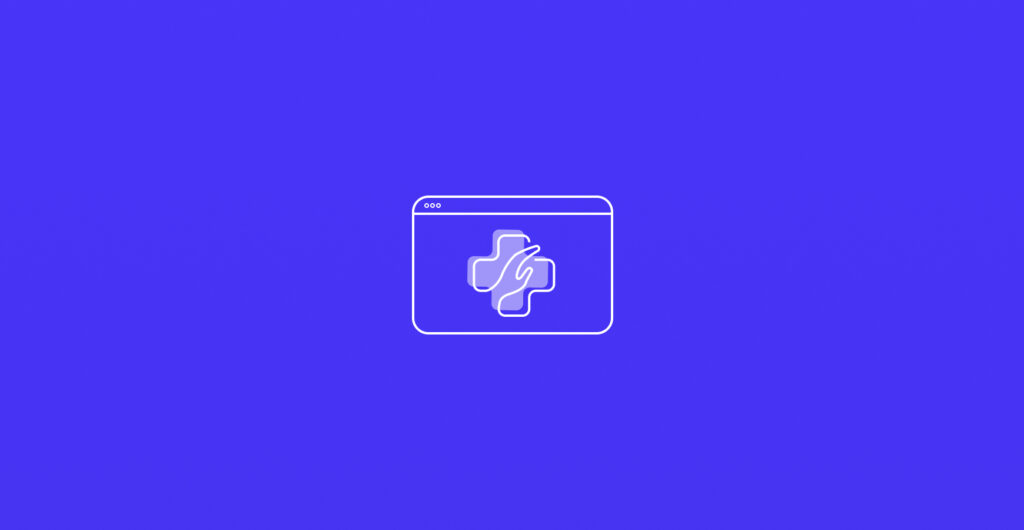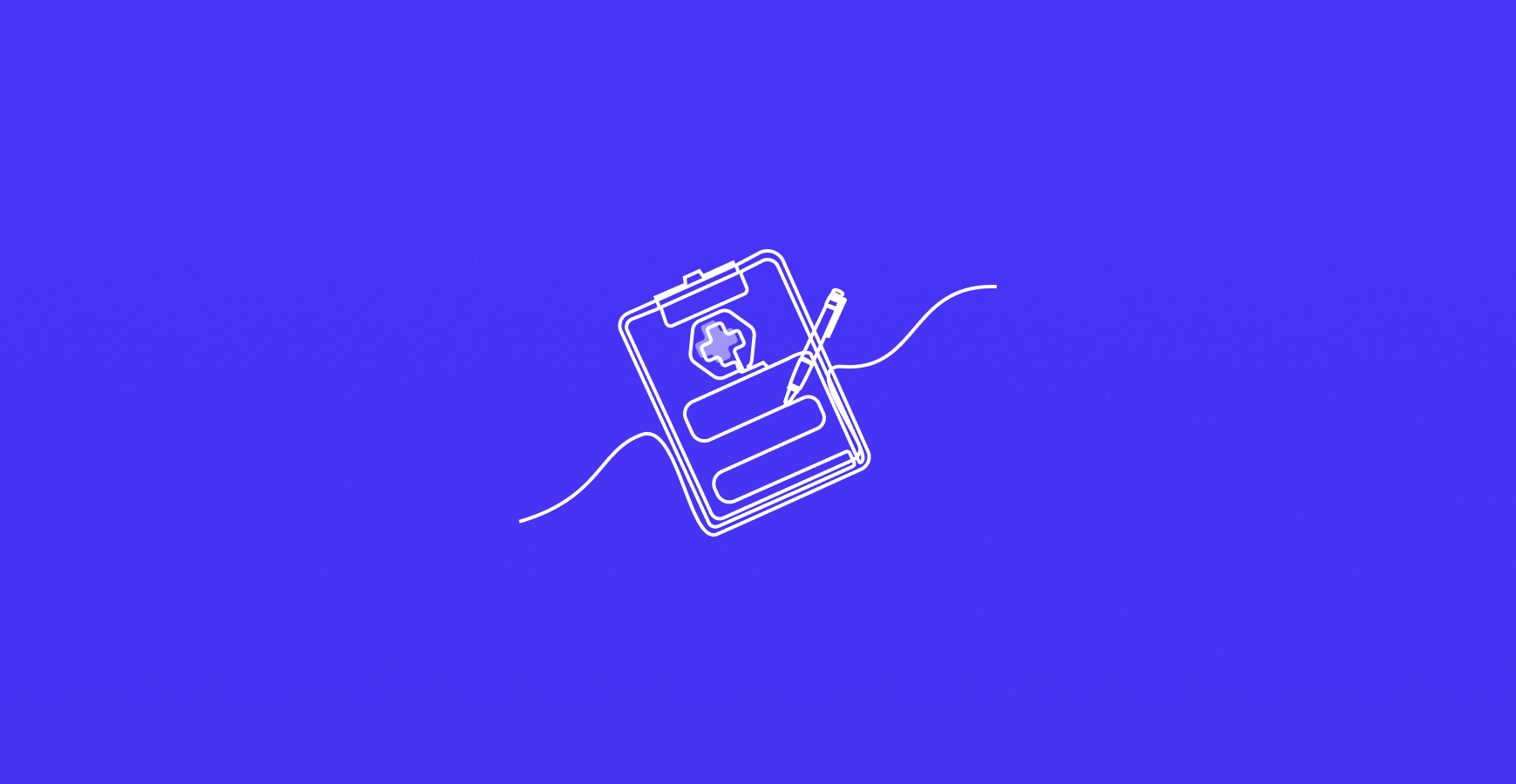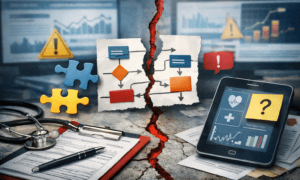The days of papers dominating every field seem to be behind us, as digital files take over almost every industry. It is understandable why people would make such a shift — data stored in electronic format are practical and easy to use. Especially the healthcare sector, largely relying on documentation, can benefit from electronic health record systems instead of archives full of paper files. What are the advantages that such digitalization can bring? Let’s investigate.
What are the Benefits of Keeping Electronic Records?
Anything that makes our lives easier is a great invention, and so are electronic health records. Healthcare providers often serve hundreds, even thousands, of patients, and need a reliable app or platform to manage all the gathered data. The prior requirements to such software encompass strict data security, including protocols and encryption, storage capacity, and stable network connectivity.
There are a variety of options when choosing an electronic health records system. You can purchase the license from renowned verdors and enjoy a ready-to-use system with no maintenance and support efforts from your side. Another way is to launch your own project that will fit your business like a glove, with a custom healthcare software development company. Whichever of these options the medical institution chooses will be better than sticking to paper, notes, and binders. So, what exactly do EHRs have to offer the healthcare industry?
Saved Space
Among the many benefits of EHR systems is, of course, the fact that they do not require physical space to store documents. All the data gathered can be kept on external servers or in the cloud, freeing up valuable space that can be used for other purposes. No filing medical offices or entire rooms filled with folders are needed; they just require virtual space.
Easier Access to Data
Electronic Health Record systems have a great advantage over traditional ones in terms of quick access. They allow doctors, nurses, and other healthcare professionals to view patient data in seconds without the need to browse through dozens of folders or look for specific pages in the documentation. In the best EHR software, everything is available via a computer or a smart device, which is useful when the data is needed immediately, in emergency situations, or during medical consultations.
Improved Efficiency
Streamlined medical processes improve system efficiency and lead to better patient care outcomes. A well-crafted EHR makes it easy to schedule appointments, keep track of prescriptions, and spot changes in a patient’s health state over time. Opting for EHR software development from scratch or customizing pre-built solutions for your particular organization allows to add even more functions that ease the process. It can also help reduce the possibility of human error, such as illegible handwritten notes or misplaced testing equipment printouts.

Stronger Data Security
While you can store paper files in locked drawers or even guarded rooms, electronic health records offer a stronger set of security measures to protect sensitive data. Information is encrypted using advanced algorithms and access is strictly controlled and monitored. Audit trail functions allow the system owners to check who has accessed, edited, or removed the stored data, so in case of tampering, it can be easily detected and then traced back to the responsible individual.
Improved Patient Care
With all documentation stored in one place, including lab results, clinical notes, information about medications, allergies, radiology reports, and diagnosis, EHRs advance the way healthcare organizations provide their services. Comprehensive data enables a 360-degree patient health overview, meaning more personalized care, fewer medical errors, and better decision-making, while AI and ML capabilities can find patterns and anomalies and enable patients to start treatment at an early stage.
Cross-facility Integration
All types of EHR systems can be designed so that data is shared with other medical institutions, which is especially useful when patients are transported or referred to other specialists. Thanks to EHRs, medical staff at another facility will be able to view the patient’s data in a clear, organized manner, allowing them to better understand their medical history and provide appropriate care.
Valuable Insights
Electronically stored records, including structured and unstructured data analysis, is easier than dealing with their paper predecessors. Big data analytics allows you to identify trends within demographic groups, forecast sudden changes in service demand, predict disease outbreaks, and reduce disparities in healthcare, otherwise hidden from the human eye. These insights not only improve patient care but also help to cut operational costs and smartly allocate resources and medical equipment.
Finding the Best EHR for Your Organization
There are more to EHRs than what we discussed in this article. Every medical institution is unique and has different needs and requirements. While most EHR systems examples will fit the basic needs of a healthcare organization, it is important to assess what is most important for a specific facility or practice. Also pay attention to limitations of cookie-cutter solutions: they are less flexible, have preset features, may lack customizations, as well as contain hidden or extra costs, for example, for adding more users.
Universally, the best choice would be to have a pre-built solution. Custom healthcare software is more expensive than ready-made systems, but it provides the highest level of satisfaction with bespoke functionalities, integrations, and workflows. Greater flexibility and scalability ensures that tailored software fits business needs best.
If you prefer the latter option, thoroughly research the available options and choose one with multiple positive reviews, regular updates, and a good reputation. Do not trust vendors with suspiciously low prices, as their software is often unpolished, full of bugs, and may compromise the security of the sensitive patient data. You also need to check if the application adheres to all the laws and regulations you must comply with in the healthcare industry — otherwise you risk legal consequences.
EHR Trainings as a Necessity
Working today without using electronic devices is difficult, especially in the healthcare sector, where the amount of patient data to manage is constantly growing. Electronic health records can help medical organizations solve their everyday data-related problems. Still, they are not a one-size-fits-all solution that magically changes the workflow after installation.
When used correctly, this software has the potential to improve processes, increase efficiency, reduce errors, and ultimately lead to higher patient care quality. However, incorrectly used EHR systems can hinder workflow and lead to costly errors. Therefore, it is crucial to train employees on how to properly use the software and regularly update it to reflect the latest industry standards.
The Future of Healthcare: Electronic Health Records Software
There is no turning back from the digital world; healthcare providers must adapt to offer proper care. Implementing Electronic Health Records is not a mere trend among tech enthusiasts — it is a solution to problems that have haunted the medical sector for years. Using what is now widely available to improve processes and streamline work seems like the only logical choice, and those equipped with modern solutions will be able to better serve their patients and fulfill their role as reliable healthcare providers.



































